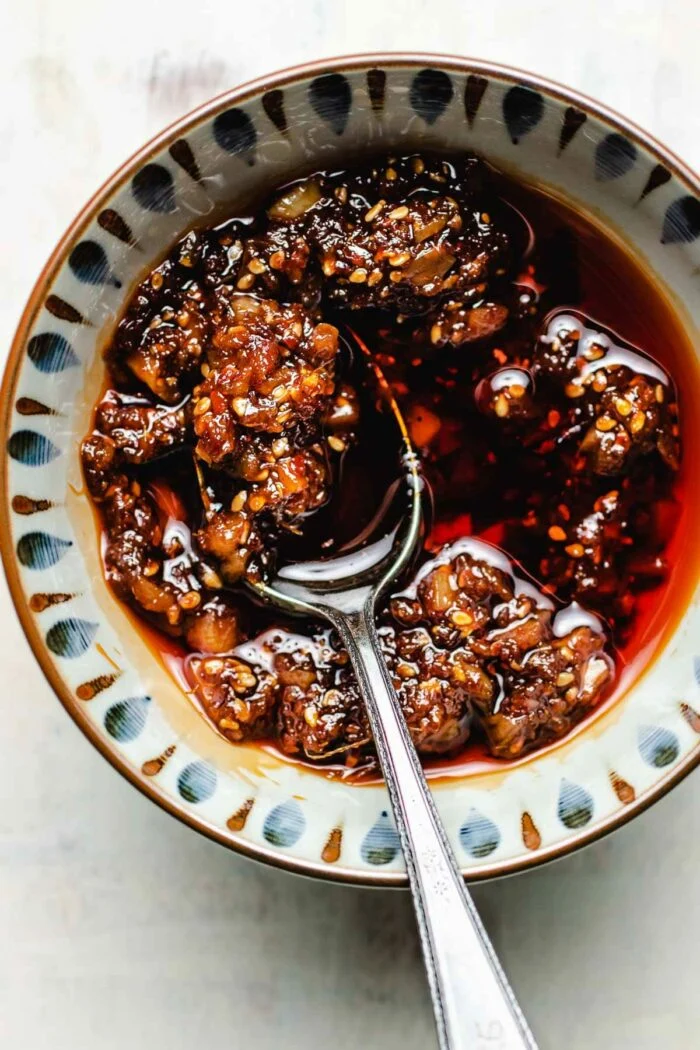- No. 268 Xianghe Street, Economic Development Zone of Xingtai city, Hebei 054001 China
- Byron@hbhongri.cn
oleoresin capsicum vs pepper spray
Oleoresin Capsicum vs. Pepper Spray Understanding the Differences
In the realm of self-defense, the terms oleoresin capsicum (OC) and pepper spray are frequently thrown around. While they are often used interchangeably, there are subtle yet significant differences worth exploring. This article delves into the nature of oleoresin capsicum, its application in pepper spray formulation, and the broader implications this has for safety and self-defense.
What is Oleoresin Capsicum?
Oleoresin capsicum is a natural extract derived from chili peppers, specifically from the Capsicum family. This extract is concentrated and contains the active component known as capsaicin, which is responsible for the spiciness of peppers. The scoville heat unit (SHU) measurement indicates the heat level of capsaicin, which can range from a few thousand to several million SHU depending on the pepper variety. In its concentrated form, oleoresin capsicum can be much hotter than raw peppers, making it an effective irritant.
The extraction process involves using solvents to separate the capsaicin from the rest of the pepper’s components. The final product is a thick, oily substance that often appears dark red in color. It is this oleoresin capsicum that becomes the core ingredient in many self-defense sprays, including the widely known pepper spray.
What is Pepper Spray?
Pepper spray, on the other hand, is a specific formulation that utilizes oleoresin capsicum as its primary active ingredient. Typically contained in a small, handheld aerosol canister, pepper spray is designed to be easily deployable in emergency situations. Alongside oleoresin capsicum, pepper spray often includes other ingredients, such as propellants and sometimes other irritants, to enhance its effectiveness and range.
The purpose of pepper spray is to incapacitate an attacker temporarily, allowing the intended victim to escape. When sprayed into the eyes or face of an assailant, oleoresin capsicum causes intense burning, irritation, and temporary blindness. The effects usually last for 20 to 90 minutes, giving victims a crucial window to flee the scene and seek safety.
Composition Differences
oleoresin capsicum vs pepper spray

While oleoresin capsicum and pepper spray are closely related, the two have distinct differences in their composition and intended use. Oleoresin capsicum is a raw, concentrated extract, while pepper spray is a formulated product designed specifically for self-defense. The extraction process for OC can yield different concentrations, which leads to variations in potency when made into pepper spray products.
Moreover, pepper spray formulations can also include additional elements like UV dye for identification purposes, or other irritants such as tear gas. This diversification creates various products aimed at serving different contexts and needs in self-defense scenarios.
Legal Considerations
It is also essential to consider the legal implications surrounding oleoresin capsicum and pepper spray. Depending on the jurisdiction, there may be restrictions on the use and possession of pepper spray. Some regions may classify pepper spray under weapon regulations, while others may permit its use with certain limitations. Understanding local laws is vital for anyone considering carrying pepper spray for self-defense.
Effectiveness and Safety
Both oleoresin capsicum and pepper spray are regarded as non-lethal forms of self-defense. However, the effectiveness of any pepper spray depends on the concentration of oleoresin capsicum in the product. Higher concentrations usually result in a more potent and effective deterrent.
Safety also plays a significant role in their use. While they are less lethal than firearms, improper use or exposure can lead to serious consequences, including respiratory distress and severe skin irritation. Thus, individuals must handle these products with care and be aware of their environment when deploying them.
Conclusion
In summary, oleoresin capsicum serves as the backbone of most pepper sprays, offering a potent solution for self-defense. While they share similarities, understanding the differences between oleoresin capsicum and pepper spray is crucial for optimal and safe use. As self-defense tools, they provide individuals with confidence in protecting themselves against attackers, while underscoring the importance of responsible handling and awareness of one’s legal rights.
-
Turmeric Rhizome Powder: A Golden Treasure from Roots to TableNewsJul.28,2025
-
The Versatile Application Of Crushed Red Hot Peppers: Lighting Up The Red Flames On The Dining TableNewsJul.28,2025
-
The Paprika: A Touch Of Vibrant Red In Color, Flavor, And CultureNewsJul.28,2025
-
Ground Turmeric: A Modern Examination of an Ancient SpiceNewsJul.28,2025
-
Capsicum Liquid Extract: Features, Applications, and ChallengesNewsJul.28,2025
-
Application of Capsicum Liquid Extract in FoodNewsJul.28,2025







